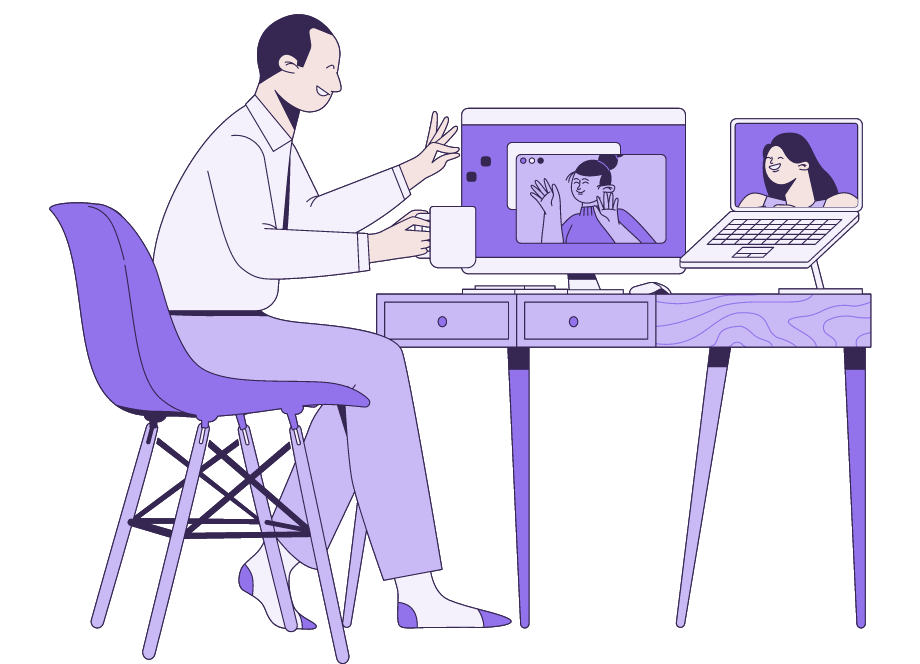
The best remote engineers are the ones that are truly engaged in their work. They’re passionate about what they do, and they’re invested in the company’s success.
Unfortunately, there are some challenges to keeping remote engineers engaged.
You can’t rely on close personal relationships with your colleagues to help you through the workday, and you don’t have the opportunity to build camaraderie around shared experiences.
But there are still ways to keep your remote team engaged and connected with each other and their work.
In this article, we’ll explore what they are.
Let’s dive in!
Table of Contents
Make time for virtual team building
While working remotely has numerous advantages, the lack of face-to-face contact can lead to a strong feeling of isolation and disengagement.
In fact, according to Buffer’s 2022 State of Remote Work, loneliness and difficulties with staying motivated are some of the biggest challenges remote workers face.

As a result, they often struggle to feel like a part of the community, which can be detrimental to their overall engagement and morale.
So, how can you tackle this side-effect of remote working? Conducting virtual team-building activities is one way of doing so.

Get unreal data to fix real issues in your app & web.
For example, a simple activity like a virtual cooking class, where you all learn how to make a dish together, can do wonders to improve engagement and team spirit.
For that purpose, you can hire a professional chef or one of your staff members with good cooking skills to teach the rest of you how to prepare your favorite meal.
To illustrate this, let’s see how the software company Bizzabo organized a virtual cooking class.
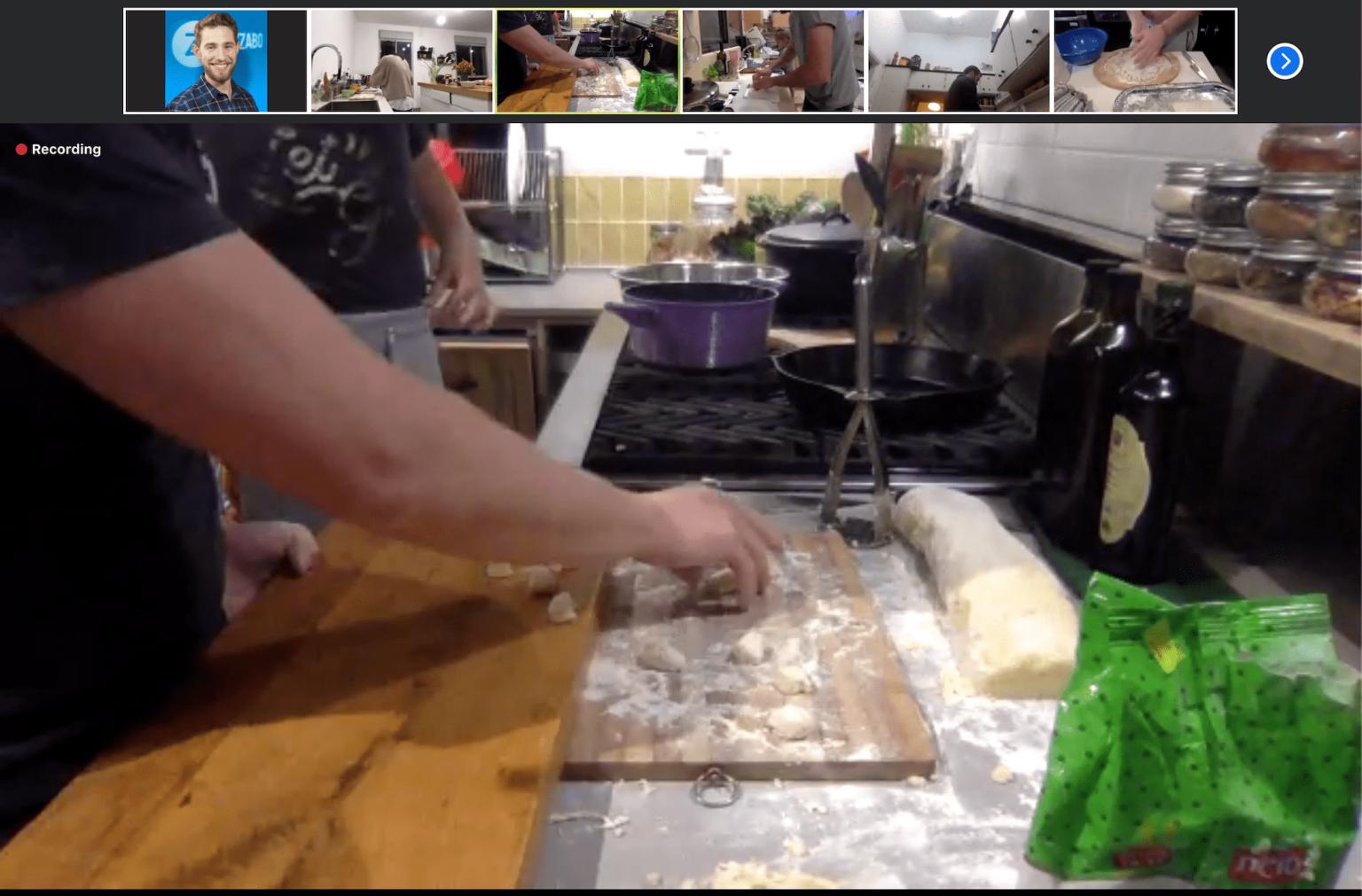
In their case, Boaz Katz, co-founder and chief data officer, led his colleagues in a class on how to make delicious gnocchi.
The team then had a chance to taste the dish and share their opinions about it.
Looking at the picture, we’re pretty sure that everyone on the team enjoyed themselves while bonding over the shared experience.
Next, since your engineers mostly use math, science, and logic in their daily work, it is safe to assume they are probably left-brained.
However, that doesn’t mean they wouldn’t enjoy a change of pace—and an opportunity to enjoy art.
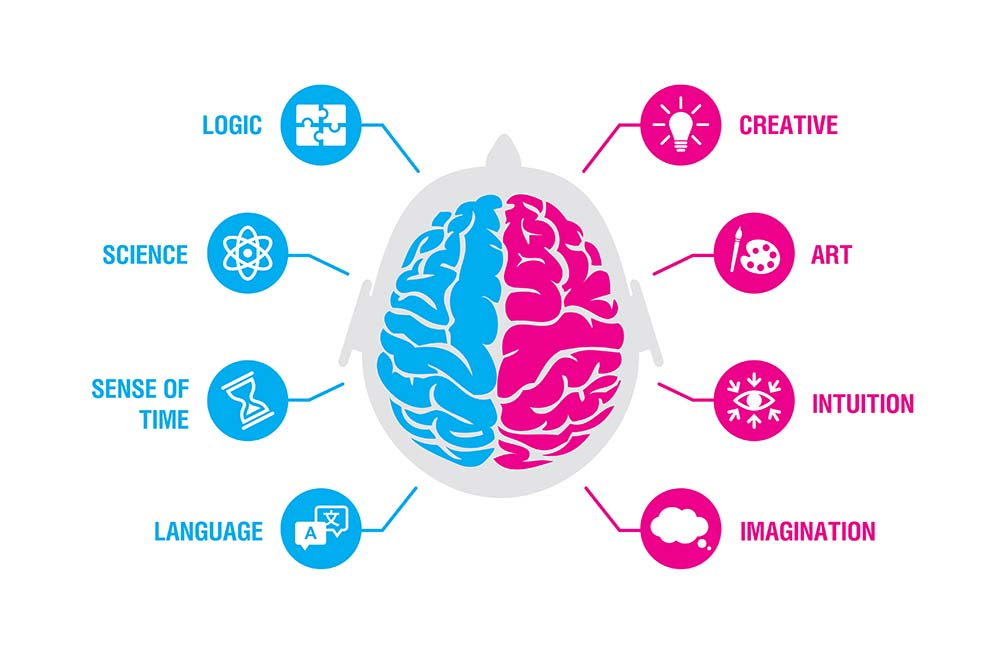
To bond with your team, and get their creative juices flowing at the same time, you can take them on a virtual tour of an art gallery or museum.
Luckily, some of the world’s greatest museums—including the Louvre, The Met, Van Gogh, and British Museum—offer free virtual tours.

Virtually meet with your team at Van Gogh’s museum to take a look at his Sunflowers or The Potato Eaters.
Or visit Mona Lisa at the Louvre to glimpse one of the world’s most celebrated masterpieces.
These artifacts can serve as good conversation starters for you and your engineers, which can lead to exciting bonding experiences.
As you can see, team-building doesn’t have to be an expensive or time-consuming process.
With just a little planning, you can easily organize amazing activities that will strengthen the bonds within your team.
Encourage team projects
When you’re working with engineers in different locations and only interact with a few of them on a daily basis, it is difficult to foster a proper team spirit.
Feelings of detachment, loss of motivation, and lack of engagement are common.
To prevent this, it’s a good idea to encourage remote engineers to work together on team projects.

For example, with Jira (the software shown above), your remote team can create tasks, assign them to different people and track the progress.
This allows engineers to be involved in the project and gives them a sense of ownership over their work.
Once the project management tool is set up, you should further explain to your engineers what they’re supposed to do so they don’t feel like they are just blindly coding without any direction.
One way to get everyone on the same page is by scheduling Monday meetings, especially since statistics show that employees are most productive at the beginning of a new workweek.

In those meetings, make sure that everyone on your remote team has an idea of what they’re building and why it is important.
This will help to eliminate any confusion and make sure that your engineers have a clear understanding of their role in the project.
To cap off the week, a good idea would be to hold a Friday demo meeting so that engineers can show what they have accomplished that week. The tweet below illustrates this perfectly.

You can then evaluate whether the goals set during your Monday meeting have been achieved. If they have, you can celebrate and move on to the next week.
If not, you can discuss what went wrong and how to improve upon it in the future.
As you can see, there are many ways to improve your remote team’s engagement in the project.
The key is to make sure that everyone on the team shares a vision, understands their roles and has a clear idea about what they are trying to accomplish.
Pick the right communication tools
When it comes to working remotely, engineers need to feel like they’re in sync with their colleagues.
It’s much harder to hold impromptu meetings or get updates from your colleagues when you’re not all in the same office and can’t pass each other in the hallway.
That’s why Kevin Borders, CEO of Minware, emphasizes the importance of keeping employees well-connected.

Therefore, to ensure swift communication and to keep everyone in the loop, it’s important that you pick the right tools for communicating with your team.
Slack and Zoom are two of the most popular communication platforms in today’s tech world. Chances are that you’ve already used one of them—or both!
However, there are a number of other tools worth mentioning that may also be ideal for your remote engineering team.
For example, you can use tools such as Basecamp to keep everyone up to speed on what they’re working on.

Although Basecamp is most commonly used as a project management tool, its features make it an excellent communication hub for remote teams.
For instance, you can use to-do lists and message boards to ensure that everyone is kept informed about the projects.

You can also set recurring reminders and assign them to the whole team, so you’ll all be on top of what’s coming up next.
To make sure everyone is kept up to date even more effectively, you can also use specific communication tools such as Codestream.
With Codestream, you and your team can comment on code without using a pull request, as shown below.
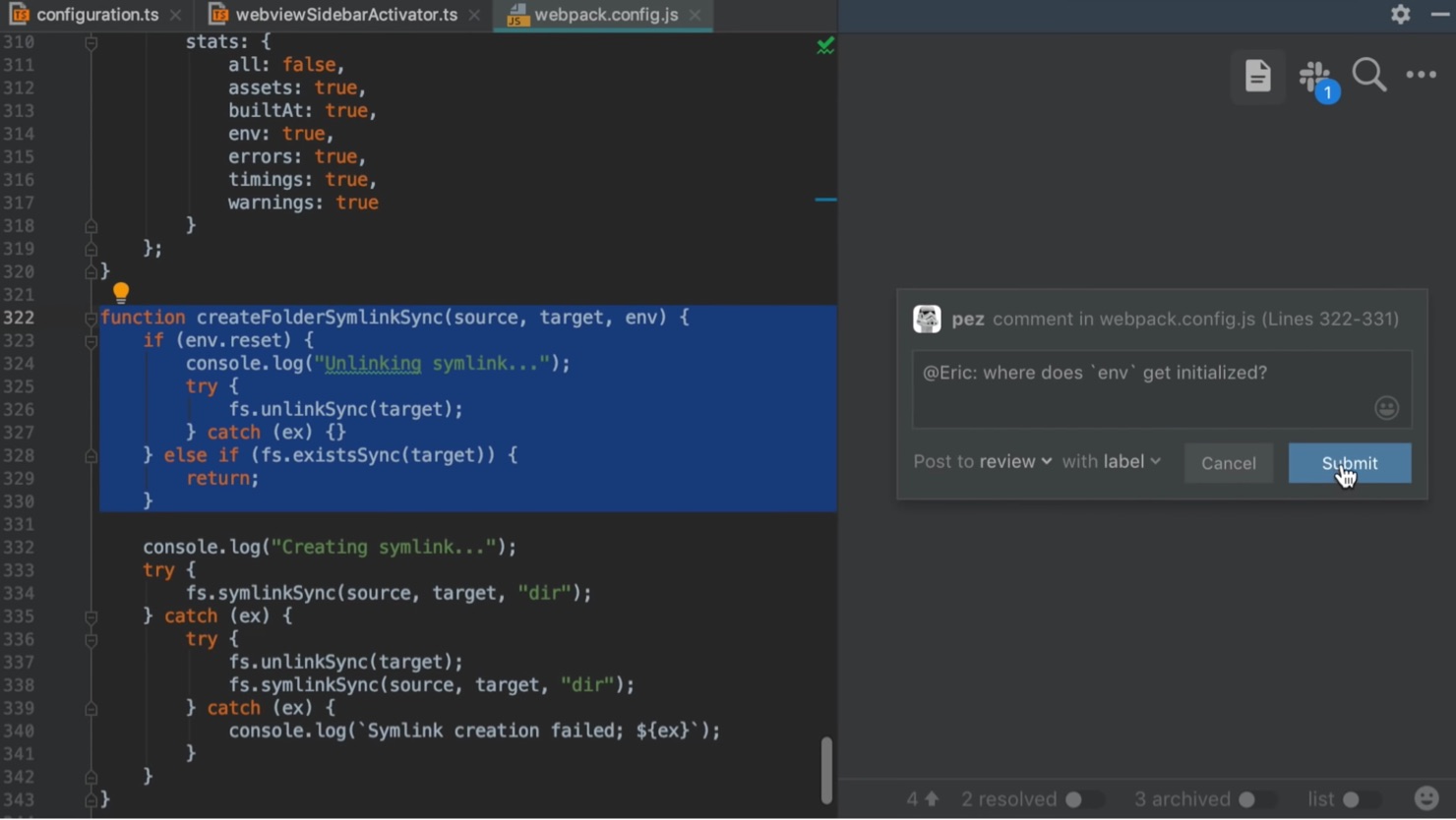
In other words, to resolve issues, all you need to do is hover over a code block and type in a comment.
Because the tool allows engineers to discuss code directly in the environment in which it is created, it helps them solve problems more quickly and effectively, improving the overall quality of the code base at the same time.
Remember, communication is key. Team leads who communicate clearly and often with their engineers tend to have more engaged teams.
And investing in the right tools can make a huge difference in establishing effective communication.
Make your team feel valued
When you’re not in the office with your employees each day, it’s harder to recognize their work and acknowledge their efforts.
Sure, you can send a quick email around the office thanking someone for their contribution on the anniversary of the day they started working for you, or even send a small gift to show your appreciation.
But when you’re not there in person, these gestures can fall flat and miss the mark.
And this can be a problem for employee morale and engagement, given the fact that, according to a Hubspot report, 69% of employees surveyed said they would work harder if their employers showed greater appreciation for their efforts.
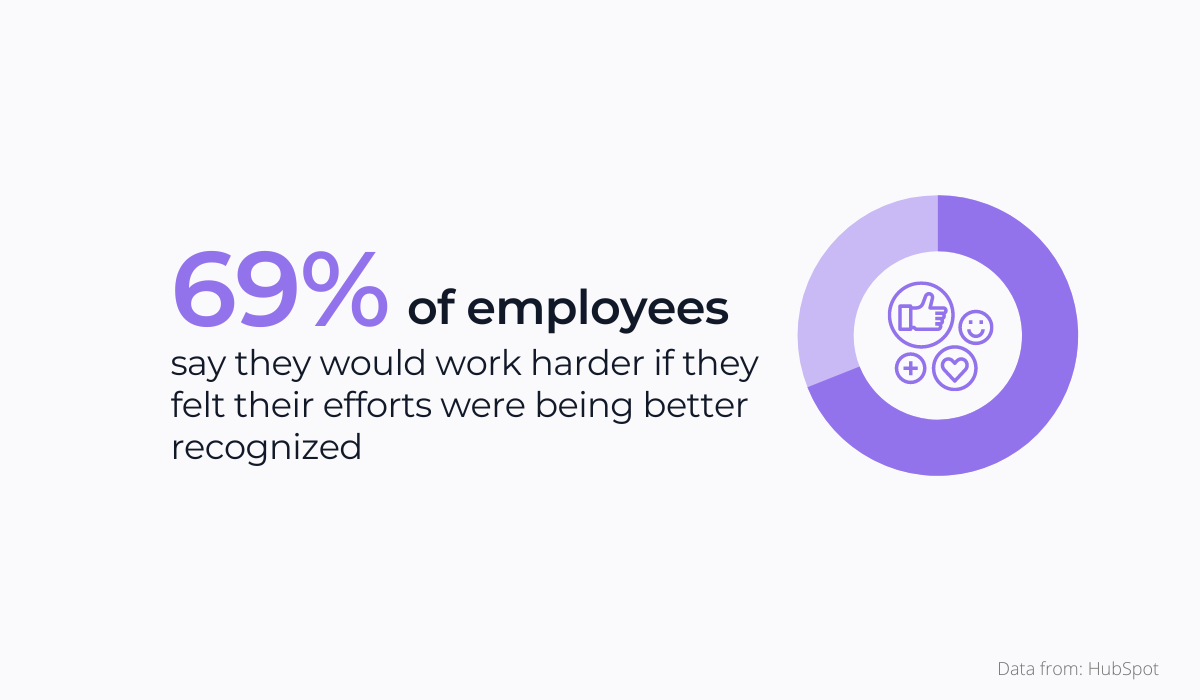
So how can you thank your remote engineers for their hard work and dedication?
You can start by creating a virtual kudos wall where you can post positive comments about their work, celebrate little wins and big milestones, and share success stories.
If you’re not sure how to get started, Trello can help you out.
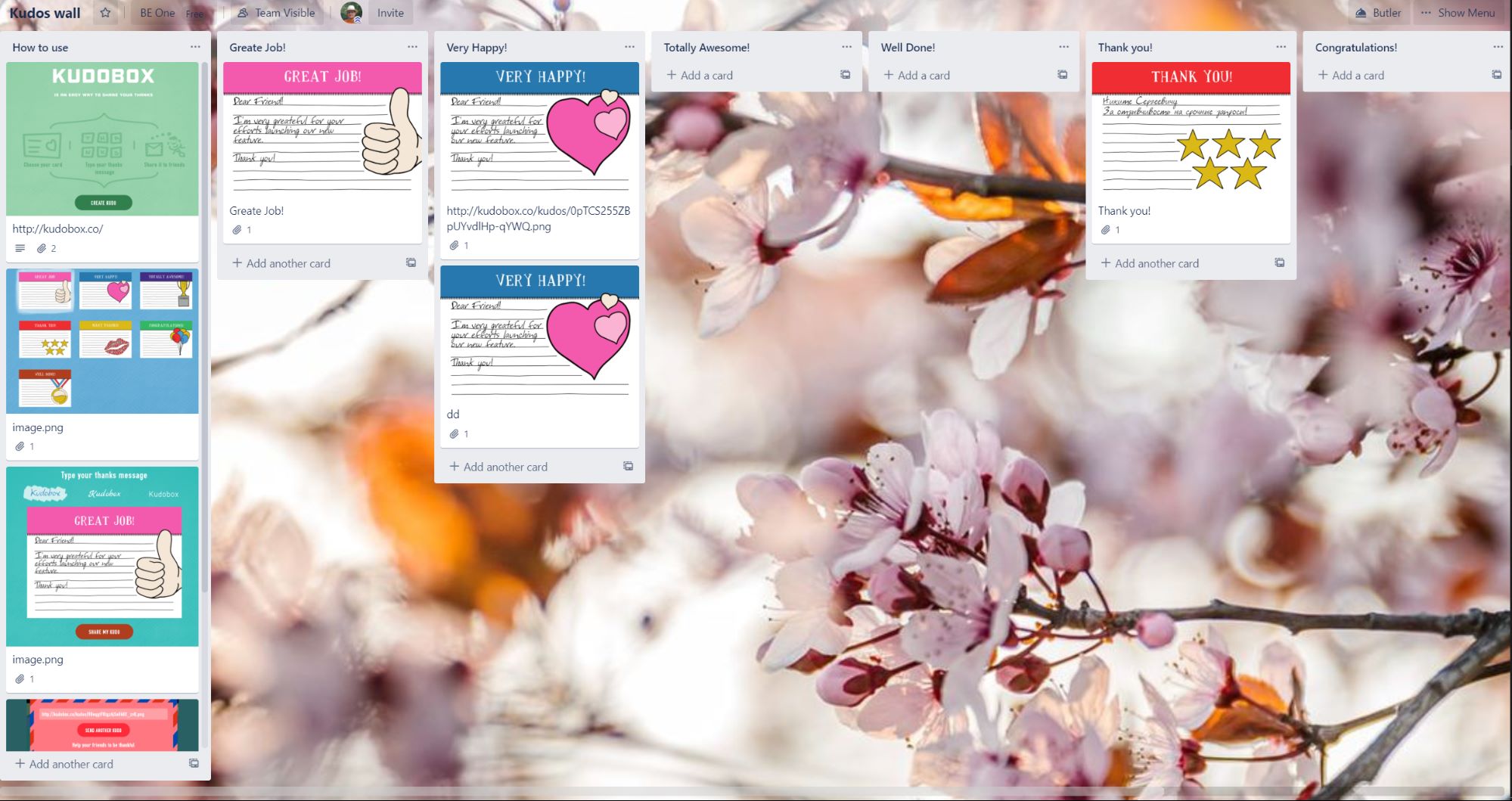
The picture shows one of the kudos walls created with Trello.
As you can see, you can add cards for each person who deserves a shout-out, organize them into categories, and share the board with your team members.
But that’s not all you can do to show your appreciation.
You can also offer your engineers something tangible—a gift, an extra vacation day, or something else of value—to demonstrate how much you appreciate their hard work.
For instance, in a report by TalentLMS, tech employees listed a lack of learning and development opportunities as one of the biggest causes of dissatisfaction.
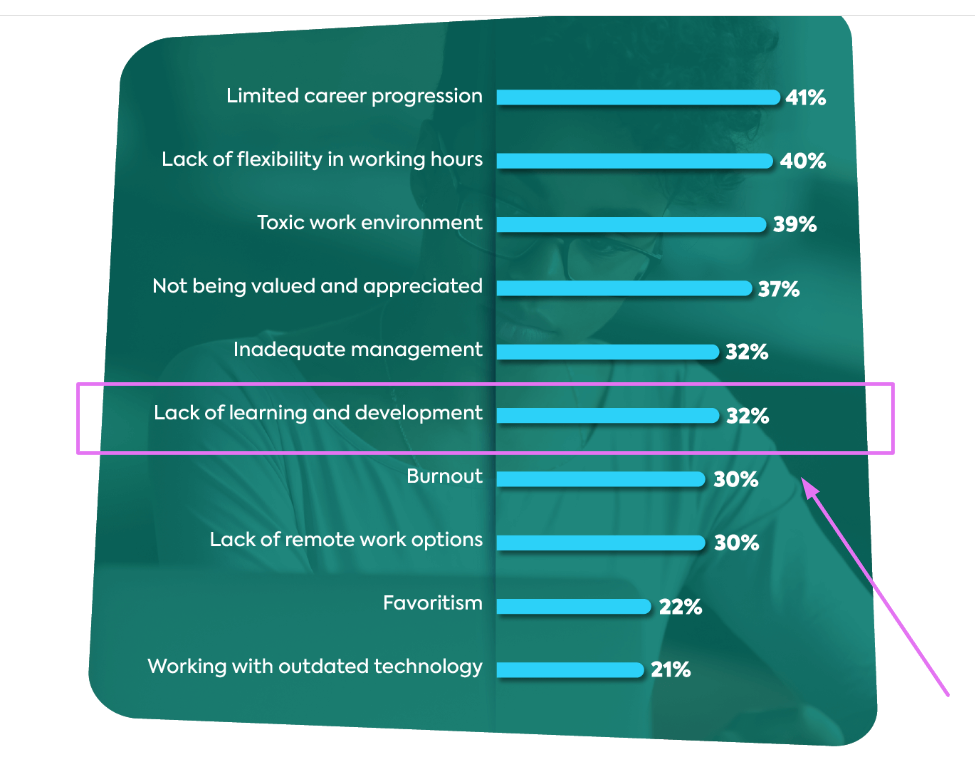
Therefore, if you want to give your engineers something that counts as a real perk, consider offering them new learning and development opportunities—they’ll appreciate the gesture.
This can be as simple as providing them with access to online courses, or it could involve hiring an outside professional to give them personalized training on the latest technologies.
For example, Udemy, Masterclass, Coursera, and Udacity are all popular online learning platforms that offer courses on just about any topic you can think of.

Your engineers will surely know to value this token of appreciation, as it shows that you’re willing to invest in them and their continued development.
There are a plethora of other ways out there in which you can say thank you to your engineers.
Whichever you choose to do, it should be something that will make them feel appreciated so that they know that their efforts aren’t going unnoticed.
Gamify your teamwork
You are probably already aware of the concept of gamification.
It’s the process of adding game-like elements to a non-game environment in order to make it more fun.
One of the simplest and most widely known examples of the principle of gamification can be found in Starbucks —whenever you get a stamp or sticker on your customer loyalty card or collect points in the Starbucks app.

As the picture clearly shows, after collecting a certain number of stars, you get a free drink at Starbucks. It’s like completing a level and getting a reward, just like in a game.
The reason this works is that our brain is hardwired to reward us for completing tasks.
Therefore, gamification can be an extremely powerful tool for motivating people.

Thus, you can use the same principles of gamification to foster a spirit of teamwork and collaboration among your engineers.
In fact, even more so when you consider that employees say gamification makes them feel more engaged at work and boosts their productivity.

For example, you could introduce a system where engineers get points for completing tasks, and they can use their points to get rewards.
You could also create a leaderboard showing which engineers have earned the most points and making it visible to everyone within your company.
Luckily, you don’t have to do it manually as there is a wide array of gamification tools available, such as Engagedly, Trivie, Bunchball Nitro, and Selfdrvn, to name just a few.
Selfdrvn, for instance, allows you to build your own gamification system for employee engagement and productivity.

You can design your own badges, levels, and leaderboards, set up competitions between teams and individuals, and track progress on specific tasks or projects.
The tool also comes with a variety of templates that you can use as a starting point for your own gamification system.
From everything that has been said, it’s clear that gamification can offer employees the motivation they need to tackle their daily tasks.
So if you want to boost the morale and engagement of your team by making a game out of an otherwise routine or arduous task, gamify it!
Create an internal mentorship program
Remote engineers must often discover best practices and hone their skills on their own.
However, if they don’t have a group of peers with whom to share ideas and get feedback on their work, they’re likely to lack the personal support that is important in making them feel connected to the rest of the team.
It’s estimated that during the last pandemic, workers lost about 16% of their professional and personal networks—or more than 200 people.

This is a staggering number that suggests that remote employees are often left to their own devices, without a large group of people to lean on for both professional and personal support.
To combat this, you can create an internal mentorship program where more seasoned engineers mentor younger, more inexperienced ones and offer them support, guidance, and advice.
Tools such as Together, Ten Thousand Coffees, MentorcliQ, and Chronus can be used to facilitate this virtual mentorship program.
For example, Ten Thousand Coffees has automated smart matching that connects mentors and mentees based on their interests and goals, thus removing unconscious bias from the equation.

This can help ensure that both parties are a good fit for one another.
No wonder companies such as Nike enrolled in this program, with Crystal Neill, Nike’s mentorship program lead, saying the following:
“It went from mentorship in smaller pockets across the company to a business-centered, application-based program that focused on creating visibility and career development opportunities for both mentees and mentors.”
And here’s the video that, based on Nike’s use of software, explains how implementing an internal mentorship program can be beneficial to the company.
Whether you want to try out these tools or want to opt for a more traditional approach where you as a team lead match the mentors and mentees, you can’t go wrong with introducing an internal mentorship program to your company.
Not only does it help you create a more inclusive environment for your remote engineers, but it also provides them with opportunities for career development and advancement that would otherwise be unavailable to them.
And that can do miracles for their engagement.
Conclusion
There are plenty of ways to keep your remote team members engaged, productive, and connected with each other.
For example, you should keep communication open by choosing the right tools, making sure they feel like they’re part of the team, and providing plenty of opportunities for giving praise and recognition.
In this article, we have identified six factors that are crucial to keeping your remote engineers engaged and connected.
Hopefully, these will help you to build an amazing remote team that is ready to take on any challenge.
